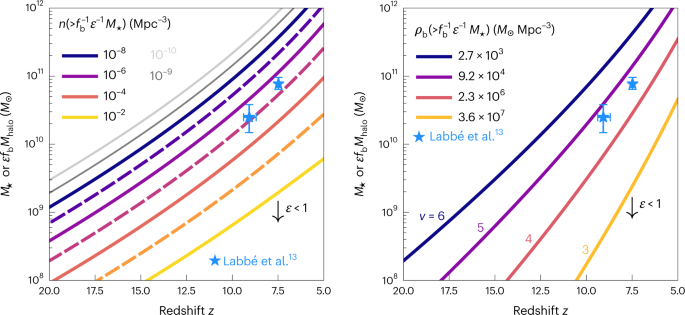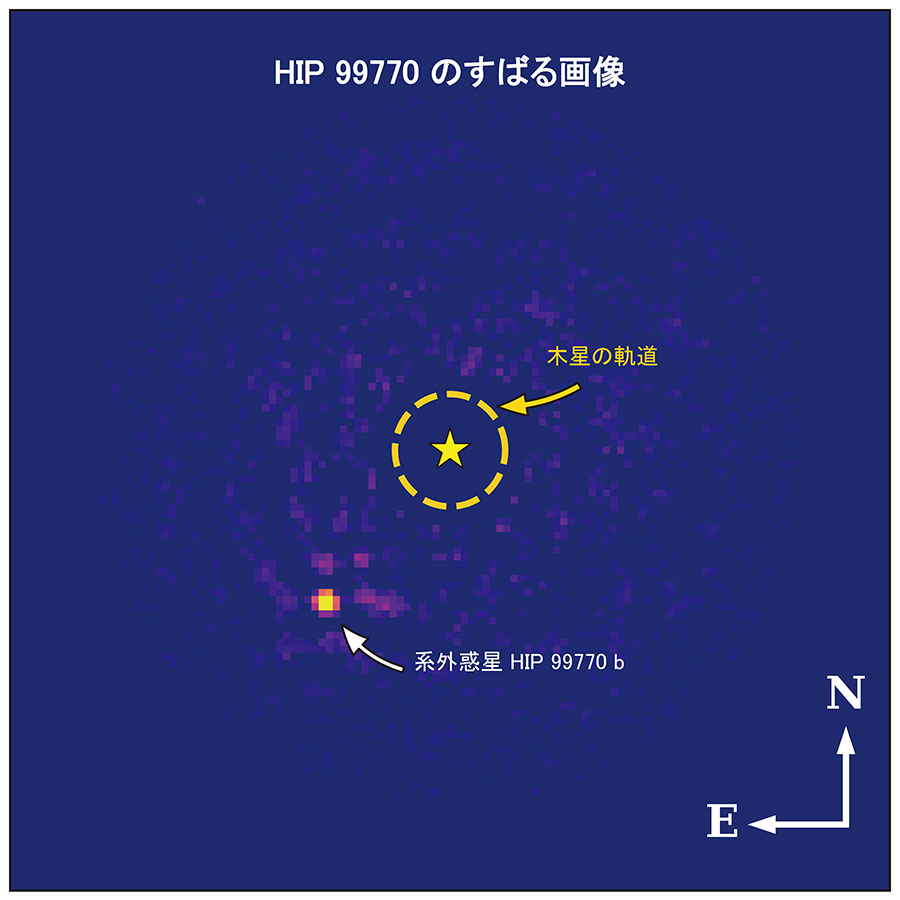この距離で発見された銀河は、ビッグバンから約5億年後に発見された最も小さな銀河である。 Galaxy is the smallest ever discovered at this distance—around 500 million years after the Big Bang
2023-04-13 ミネソタ大学
この小さな銀河は、そのサイズに比べて非常に高い速度で新しい星を生成するという特徴があり、遠くに存在する銀河の中でも最も小さなものの一つである。この発見は、宇宙が誕生した直後に存在した銀河について学ぶ手がかりを提供し、宇宙が再イオン化される過程に関する重大な疑問に答えるために科学者が取り組む必要がある大きな問題に近づくために役立つかもしれない。
<関連情報>
- https://cse.umn.edu/college/news/researchers-discover-tiny-galaxy-big-star-power-using-james-webb-telescope
- https://www.science.org/doi/10.1126/science.adf5307
強い星雲輝線を持つ赤方偏移9.51のコンパクト銀河の拡大写真 A magnified compact galaxy at redshift 9.51 with strong nebular emission lines
Hayley Williams,Patrick L. Kelly ,Wenlei Chen,Gabriel Brammer,Adi Zitrin ,Tommaso Treu,Claudia Scarlata,Anton M. Koekemoer,Masamune Oguri,Yu-Heng Lin,Jose M. Diego,Mario Nonino ,Jens Hjorth,Danial Langeroodi ,Tom Broadhurst,Noah Rogers,Ismael Perez-Fournon, Ryan J. Foley,Saurabh Jha,Alexei V. Filippenko ,Lou Strolger ,Justin Pierel ,Frederick Poidevin, Lilan Yang
Science Published:13 Apr 2023
DOI:https://doi.org/10.1126/science.adf5307

Abstract
Ultraviolet light from early galaxies is thought to have ionized gas in the intergalactic medium. However, there are few observational constraints on this epoch, due to the faintness of those galaxies and the redshift of their optical light into the infrared. We report the observation, in James Webb Space Telescope (JWST) imaging, of a distant galaxy that is magnified by gravitational lensing. JWST spectroscopy of the galaxy, at rest-frame optical wavelengths, detects strong nebular emission lines due to oxygen and hydrogen. The measured redshift is z = 9.51 ± 0.01, corresponding to 510 million years after the Big Bang. The galaxy has a radius of 










 parsecs, substantially more compact than galaxies with equivalent luminosity at z ~ 6 to 8, leading to a high star formation rate surface density.
parsecs, substantially more compact than galaxies with equivalent luminosity at z ~ 6 to 8, leading to a high star formation rate surface density.



